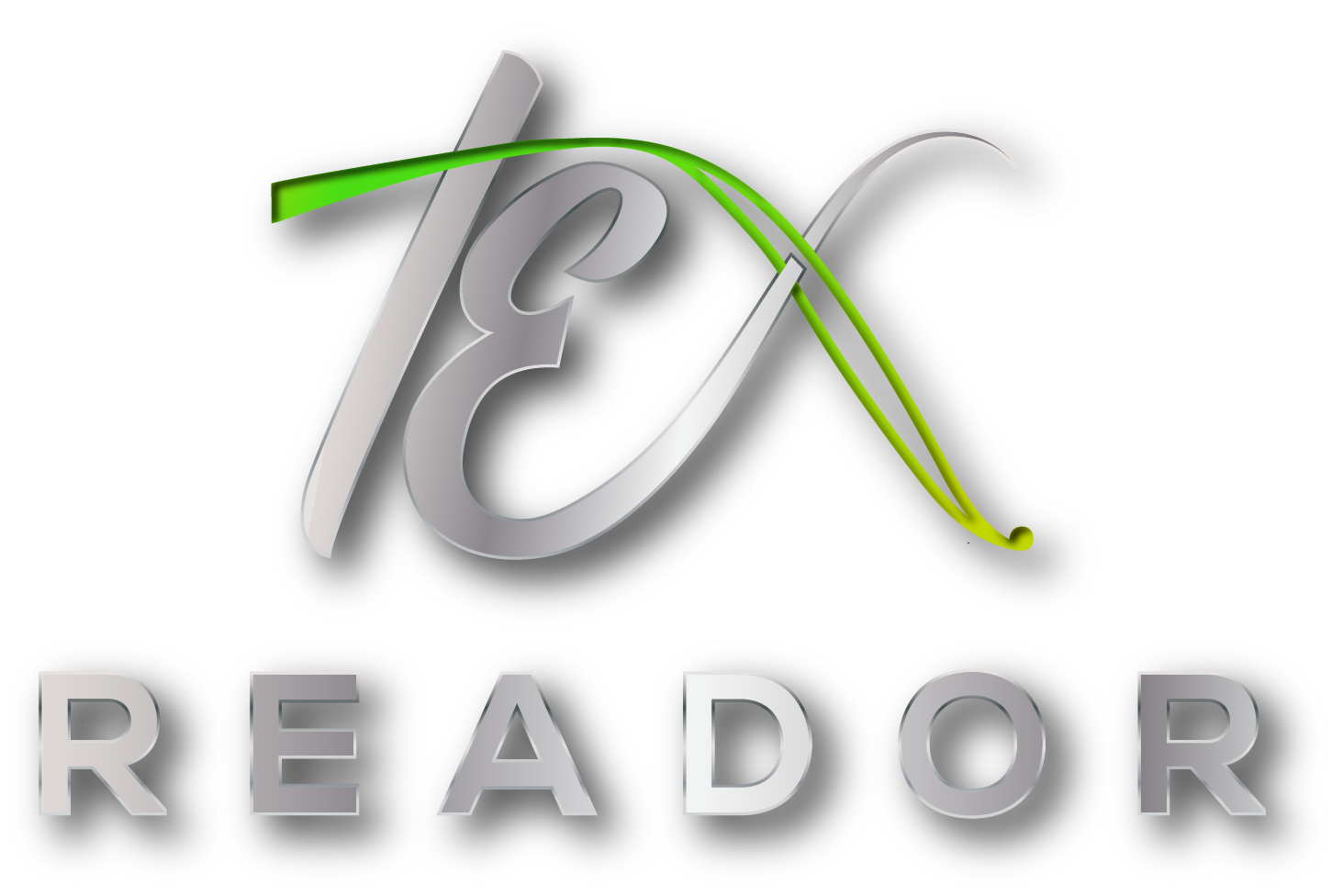In 2025, China's textile market will face multiple challenges at home and abroad, including trade frictions, supply chain fluctuations, consumer demand differentiation, and increased international competition. Combined with the current situation and future trend of the industry, it is necessary to deal with the complex market through the following strategies:
First, strengthen the supply chain resilience, optimize the global layout
1. Improve supply chain stability
In 2024, China's textile and garment exports reached $301.1 billion, an increase of 2.8%, but the uncertainty of the international situation requires the industry to further consolidate the supply chain. It is recommended to improve response speed through digital management, intelligent production, and decentralized production bases to avoid geopolitical risks. For example, the accelerated layout of Vietnam's production capacity has paid off, and Vietnam's textile and garment exports increased by 10.6% year-on-year in 2024.
2. Diversified strategies to deal with trade frictions
In the expectation that the United States may impose tariffs, enterprises need to reduce risks through the "overseas production capacity + high-quality customer binding" model. For example, head manufacturers such as Huali Group and Shenzhou International effectively transfer tariff costs through Southeast Asian production capacity layout and deep cooperation with customers.
Second, tap the potential of domestic demand and reap policy dividends
1. Policy-driven consumption recovery
The domestic consumer market is showing a weak recovery trend, but policy subsidies (such as home textile products to replace the old, local consumer vouchers) and outdoor sports policy support (such as hardshell clothing, sportswear demand growth) inject vitality into the industry. For example, the Shanghai home textile subsidy policy has significantly boosted sales, and sports brands such as Anta and Bosideng have benefited from the outdoor trend.
2. Channel optimization and online transformation
In 2024, online retail sales increased by 6.8% year-on-year, while offline stores continued to be under pressure. Enterprises need to accelerate the layout of new channels such as live e-commerce and private domain traffic, while optimizing the offline store experience and improving the efficiency of a single store.
Third, technological innovation and brand upgrading
1. Develop high value-added products
Textile manufacturing enterprises need to extend to high value-added categories, such as functional fabrics (ultra-high molecular weight polyethylene), smart wearable devices. For example, Zhejiang Nature achieved growth through new categories of air mattresses and incubators, and Nanshan Zhishang sought breakthroughs in the nylon business.
2. Brand differentiation and internationalization
Sports outdoor brands (such as Anta, Li Ning) consolidate their advantages through technology iteration and scene diversification (such as urban outdoor); High-end clothing brands need to enhance design capabilities and brand premium. At the same time, with cross-border e-commerce to expand emerging markets (such as Southeast Asia, the Middle East).
Fourth, cope with international competition and market fluctuations
1. Focus on emerging markets and regional cooperation
The export competitiveness of Vietnam, India and other countries has increased, and Chinese enterprises can deepen regional cooperation through technology export and joint venture factory construction. For example, Vixing has increased its share of international customers through production capacity in Vietnam.
2. Flexibly respond to exchange rate and cost fluctuations
Raw material price fluctuations and exchange rate risks need to be hedged through futures hedging and order cycle optimization. At the same time, strengthen inventory management to avoid excessive overstocking.
5. Policy coordination and industry integration
1. Seize M&A opportunities
In the context of policies to encourage high-quality mergers and acquisitions, leading enterprises can enhance their comprehensive competitiveness by integrating industrial chain resources (such as vertical integration of textile and apparel links) or cross-industry mergers and acquisitions (such as expanding the field of environmental protection materials).
2. Green transformation and sustainable development
International policies such as EU carbon tariffs force the industry to accelerate green transformation, promote recycled fibers, low-carbon processes, and obtain international certifications (such as GRS, OEKO-TEX) to break through trade barriers.
Sum up
The core strategy of the textile market in 2025 can be summarized as "chain stability, demand expansion, innovation and collaboration" : resist external risks through supply chain optimization, drive growth with domestic demand and policy dividends, respond to competition with technological innovation and brand upgrading, and achieve sustainable development through policy coordination and industry integration. Enterprises need to dynamically adjust their strategies to balance short-term profitability and long-term competitiveness.
Follow us for more info. wedding & event linen suppliers wholesale Readortex, official website and B2B online store

